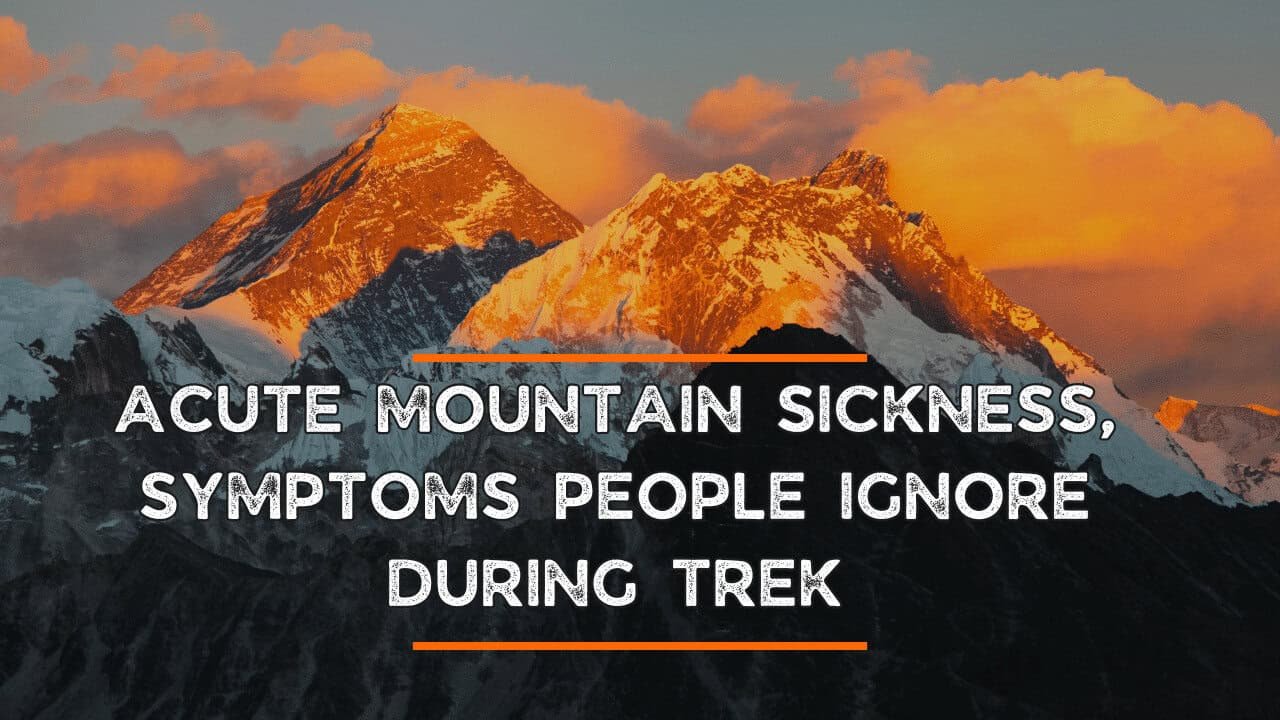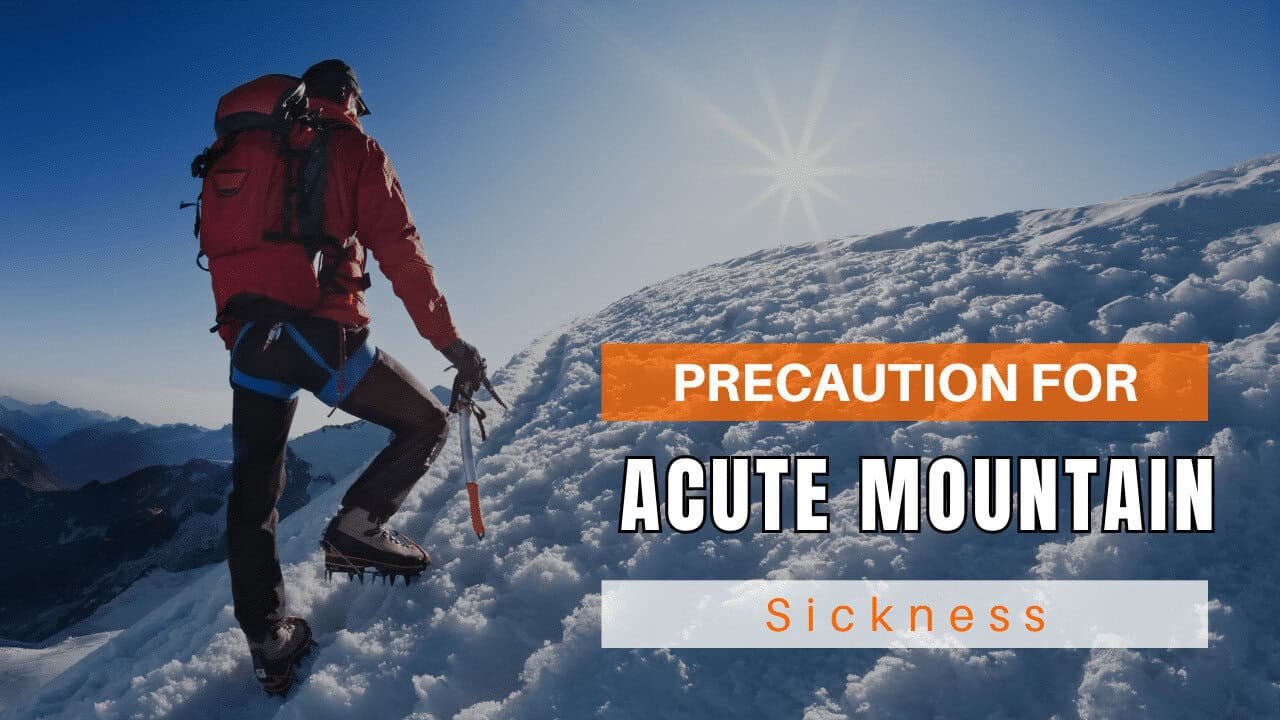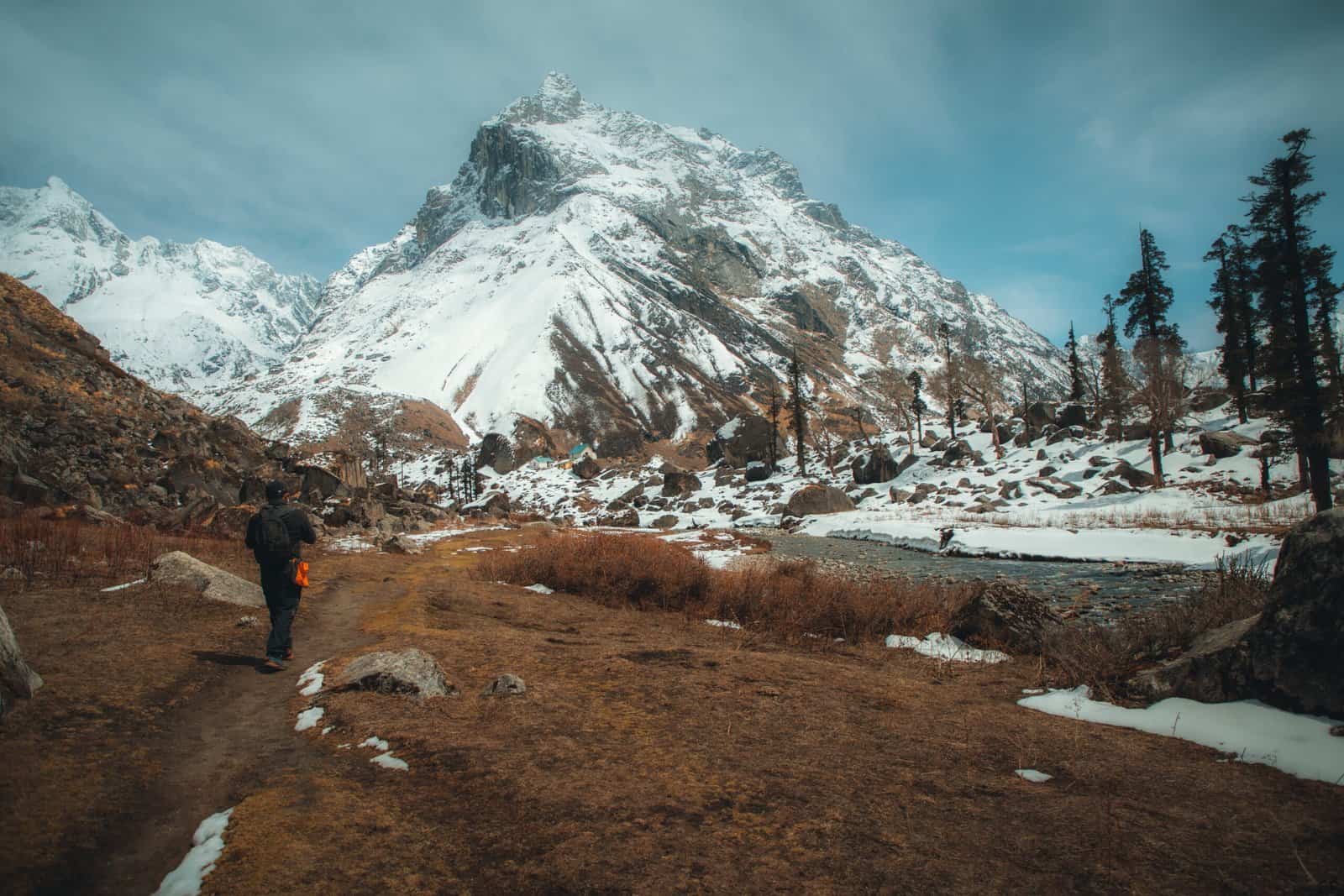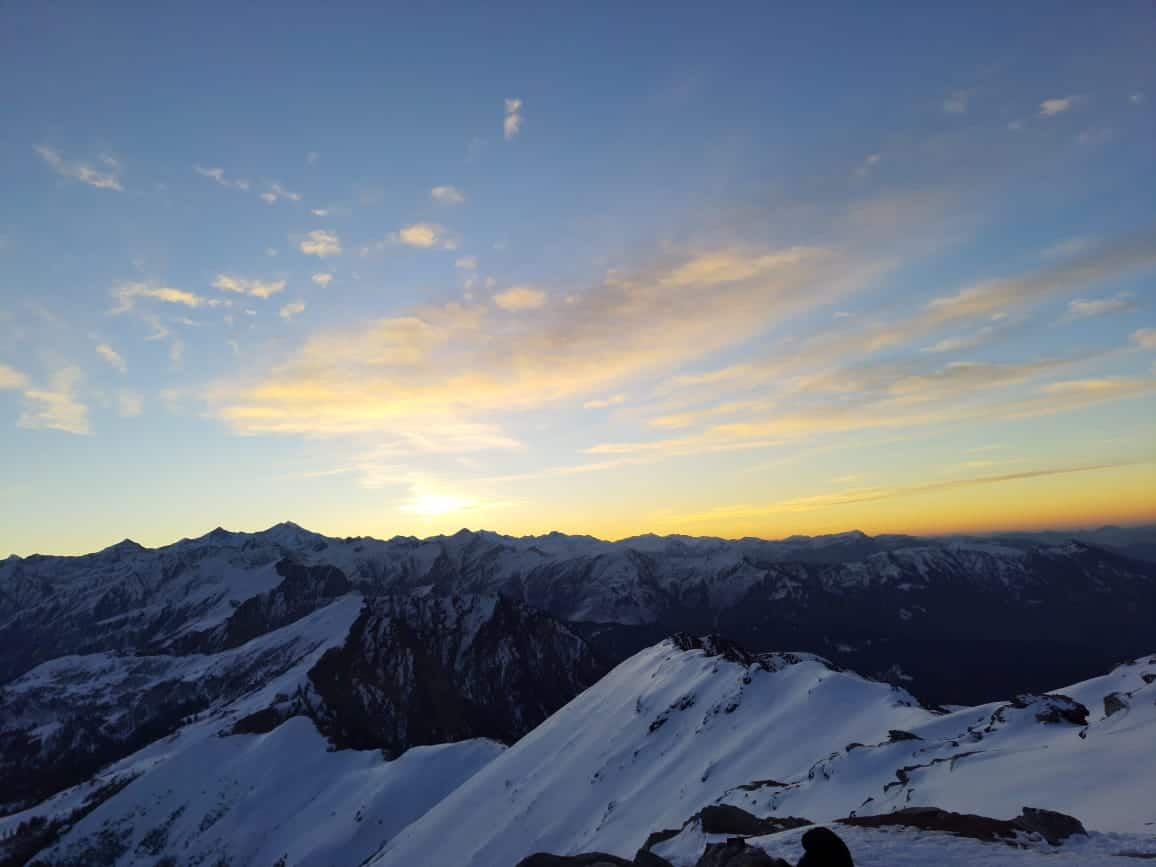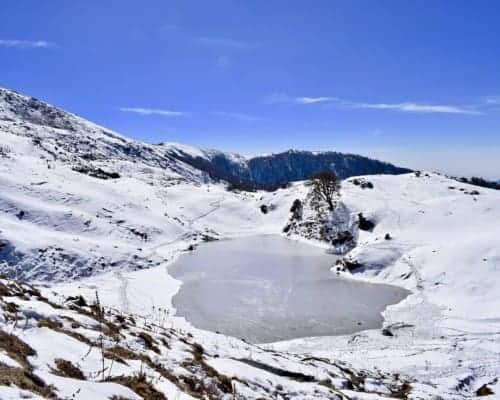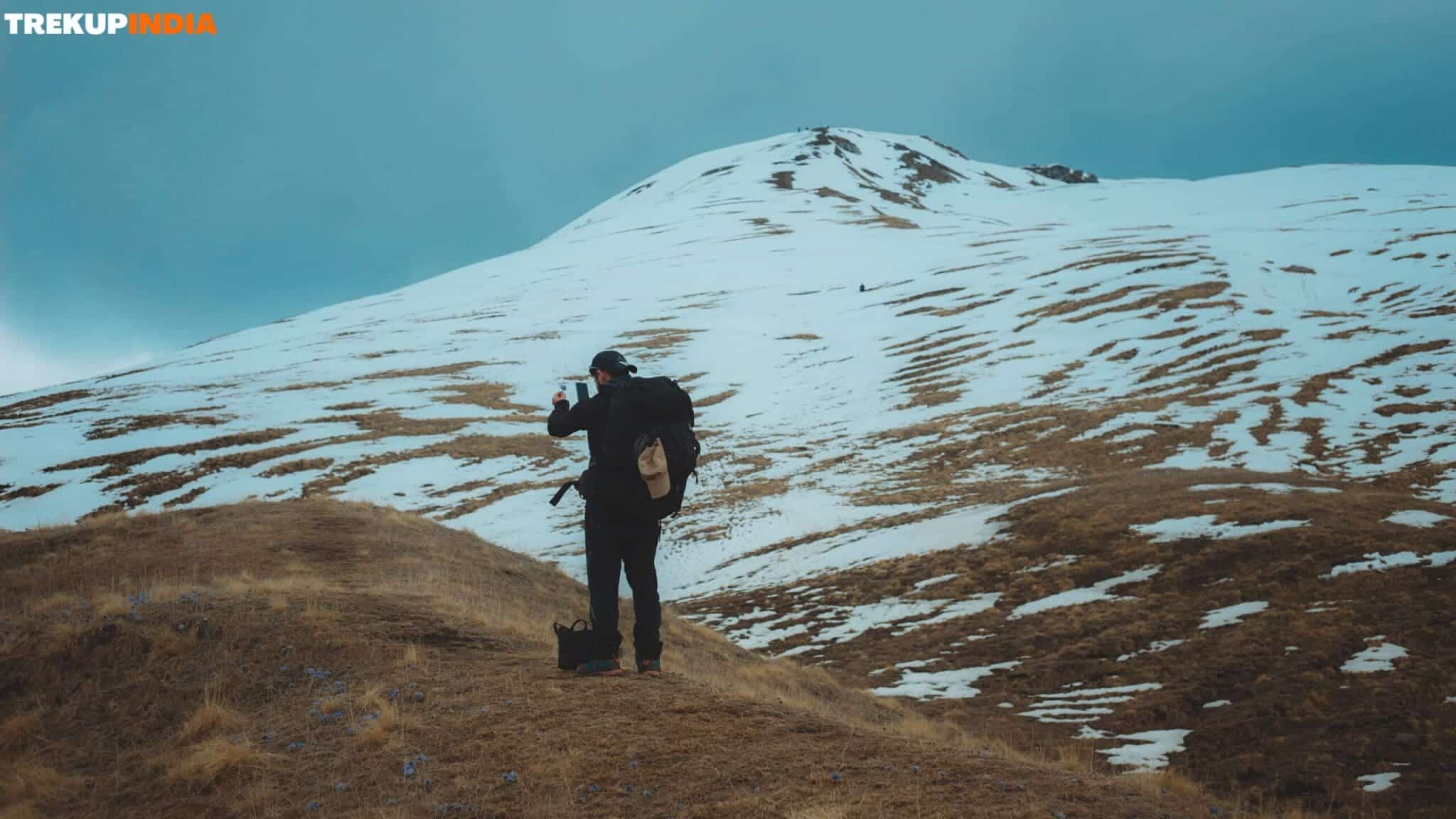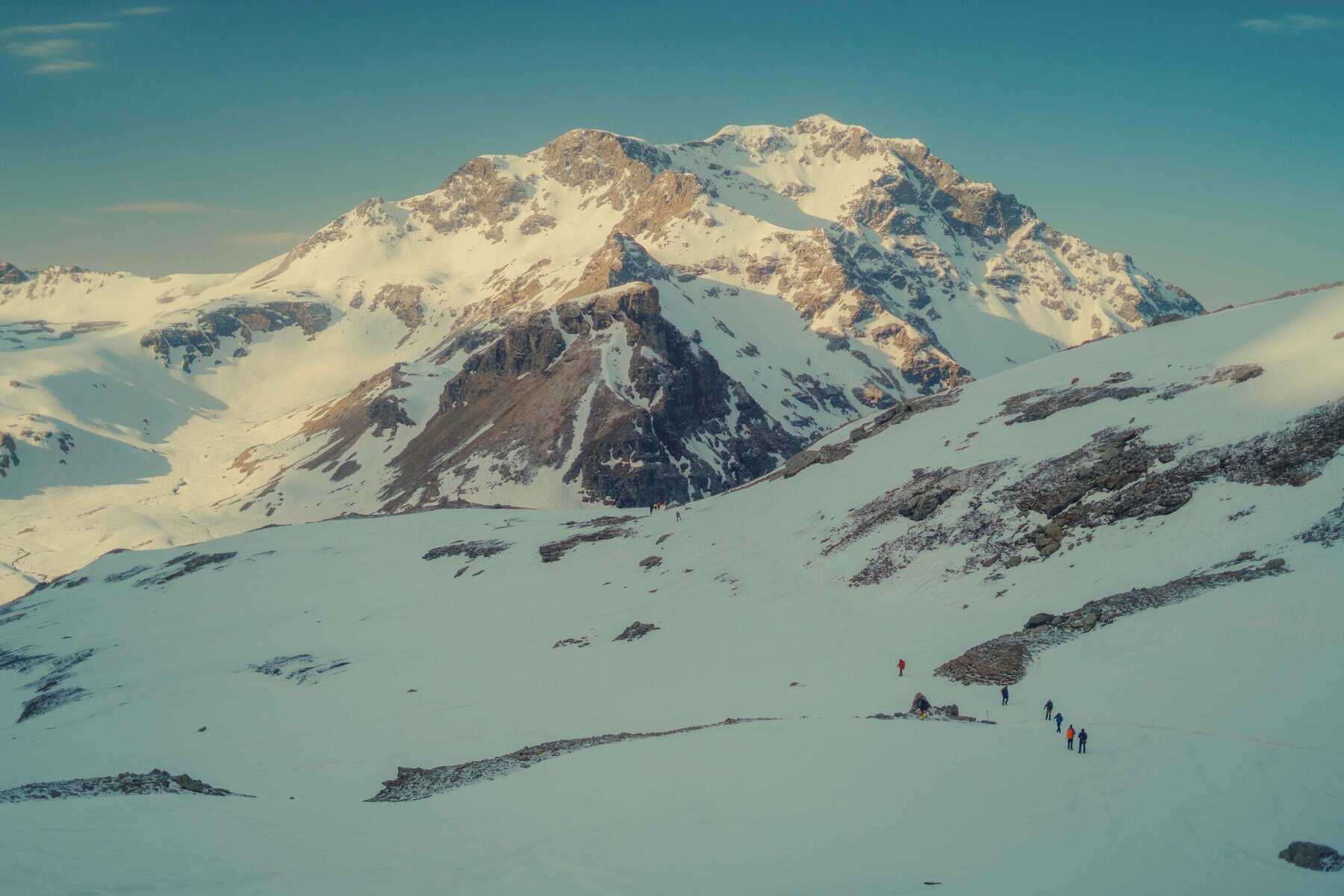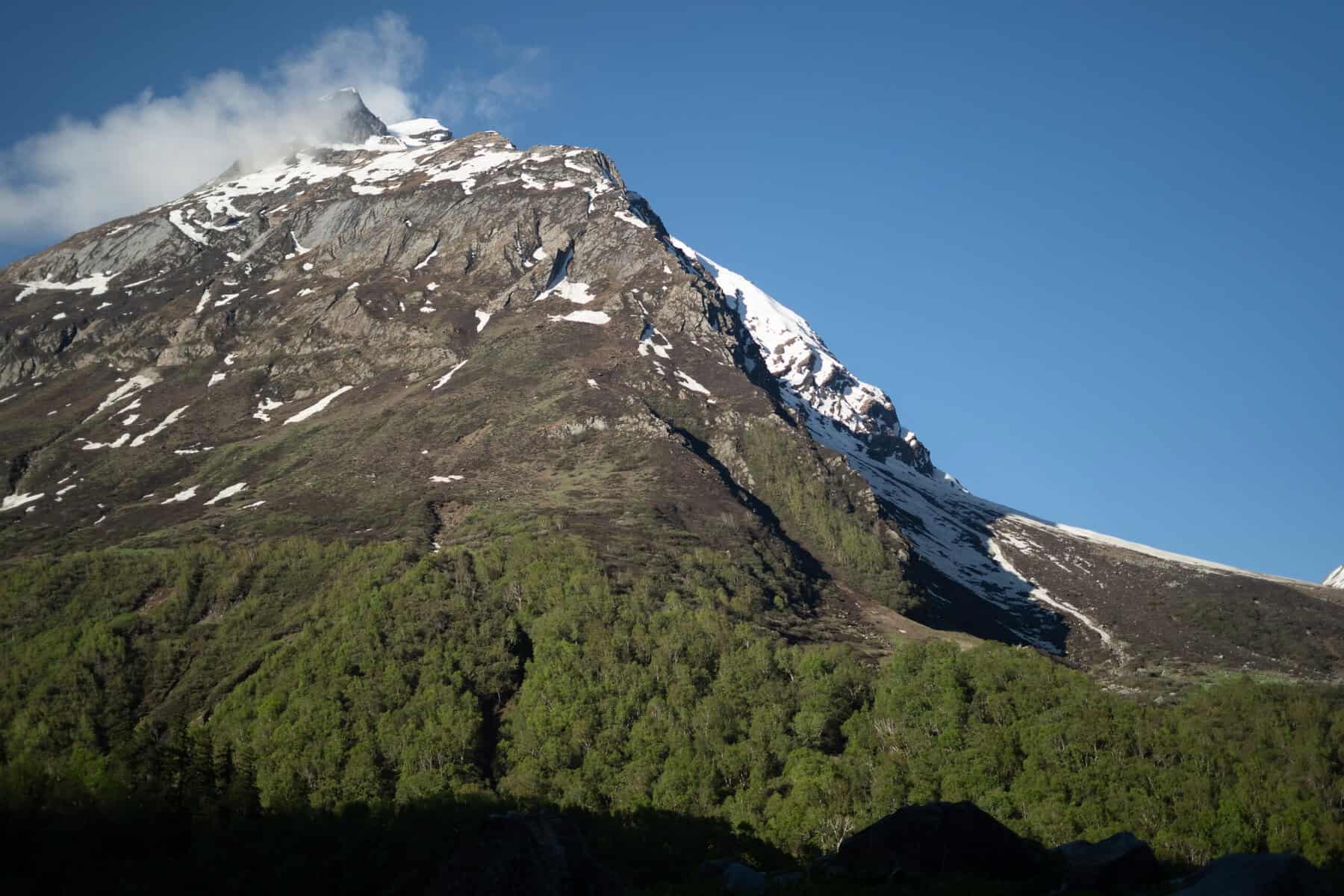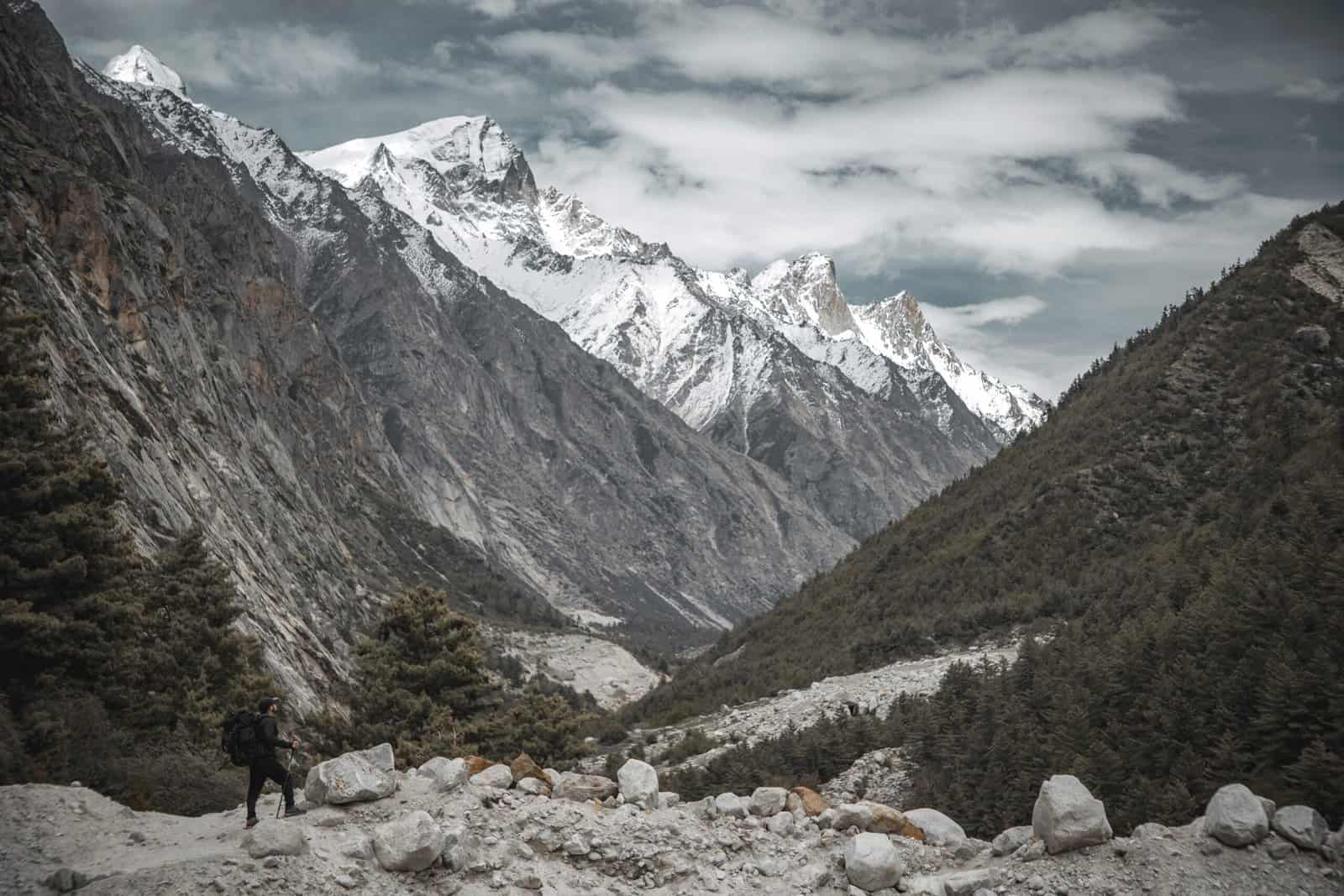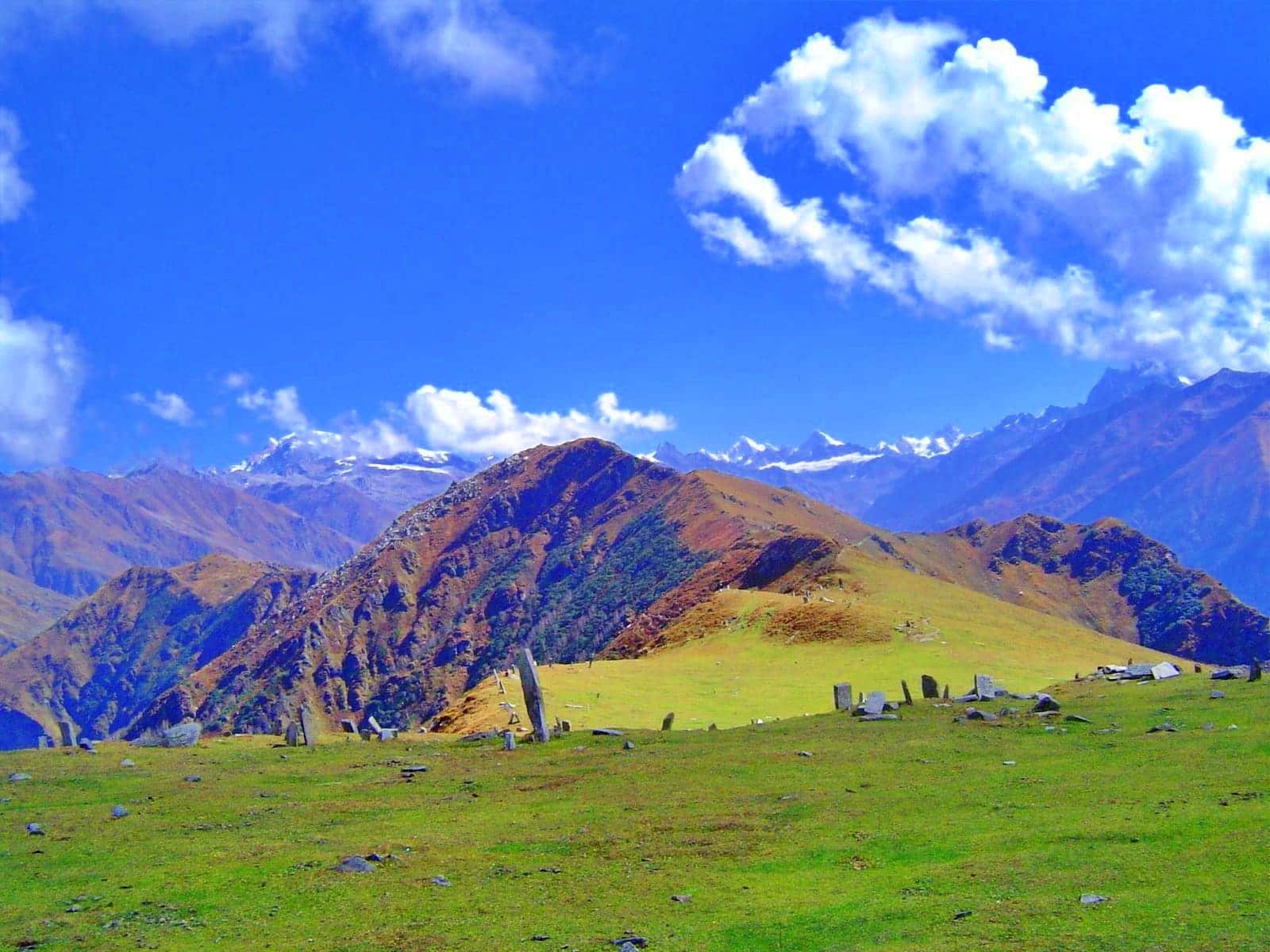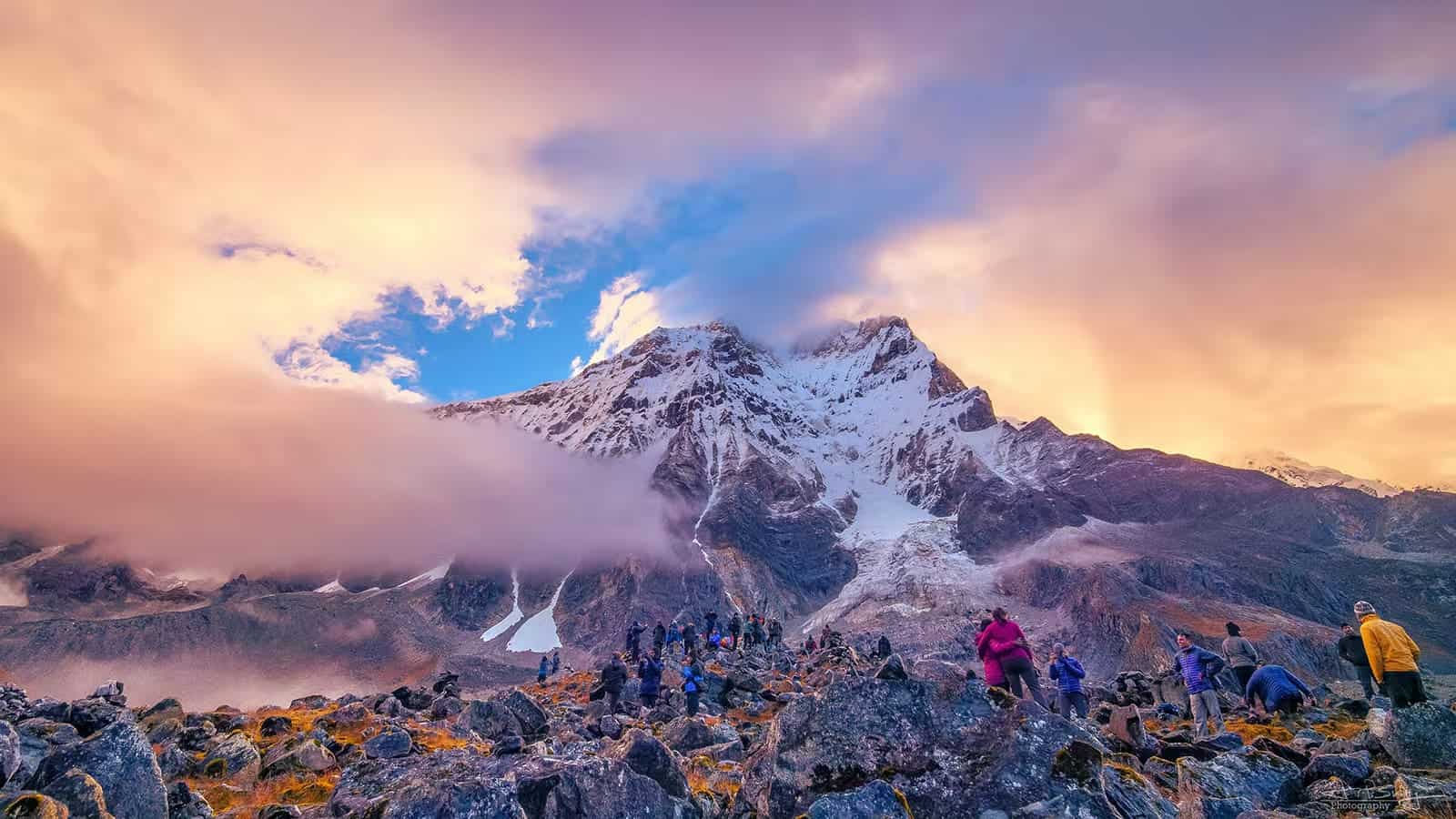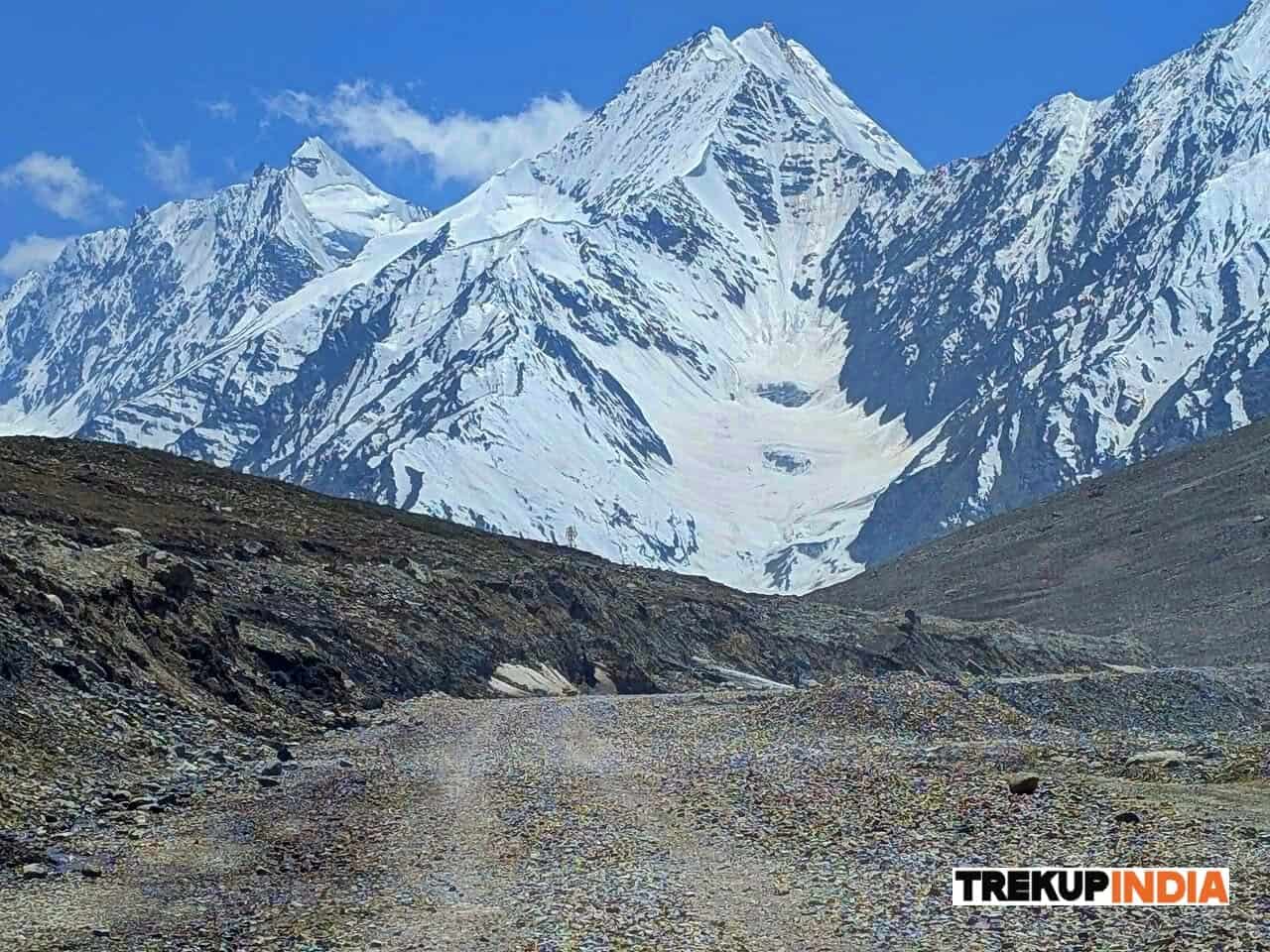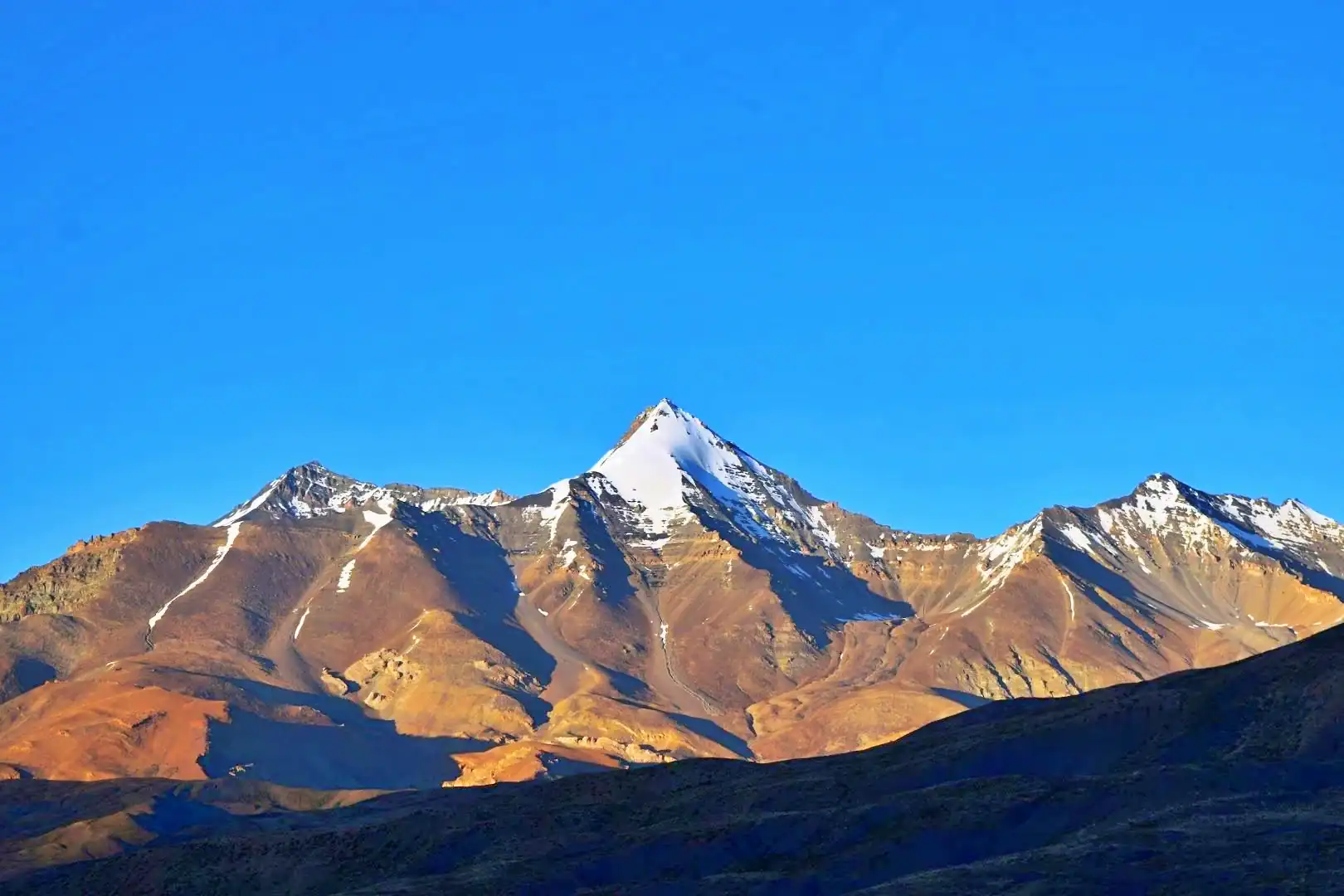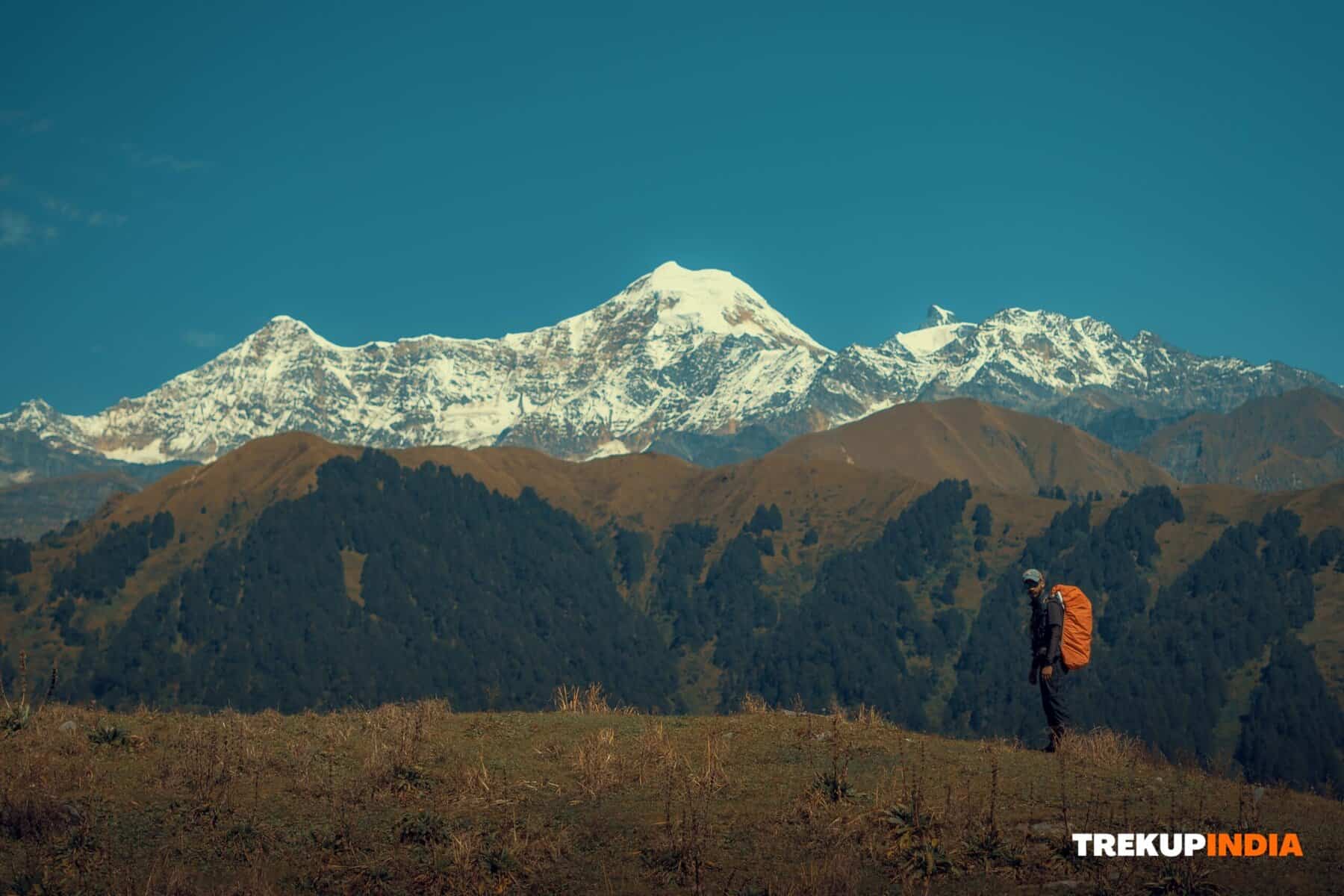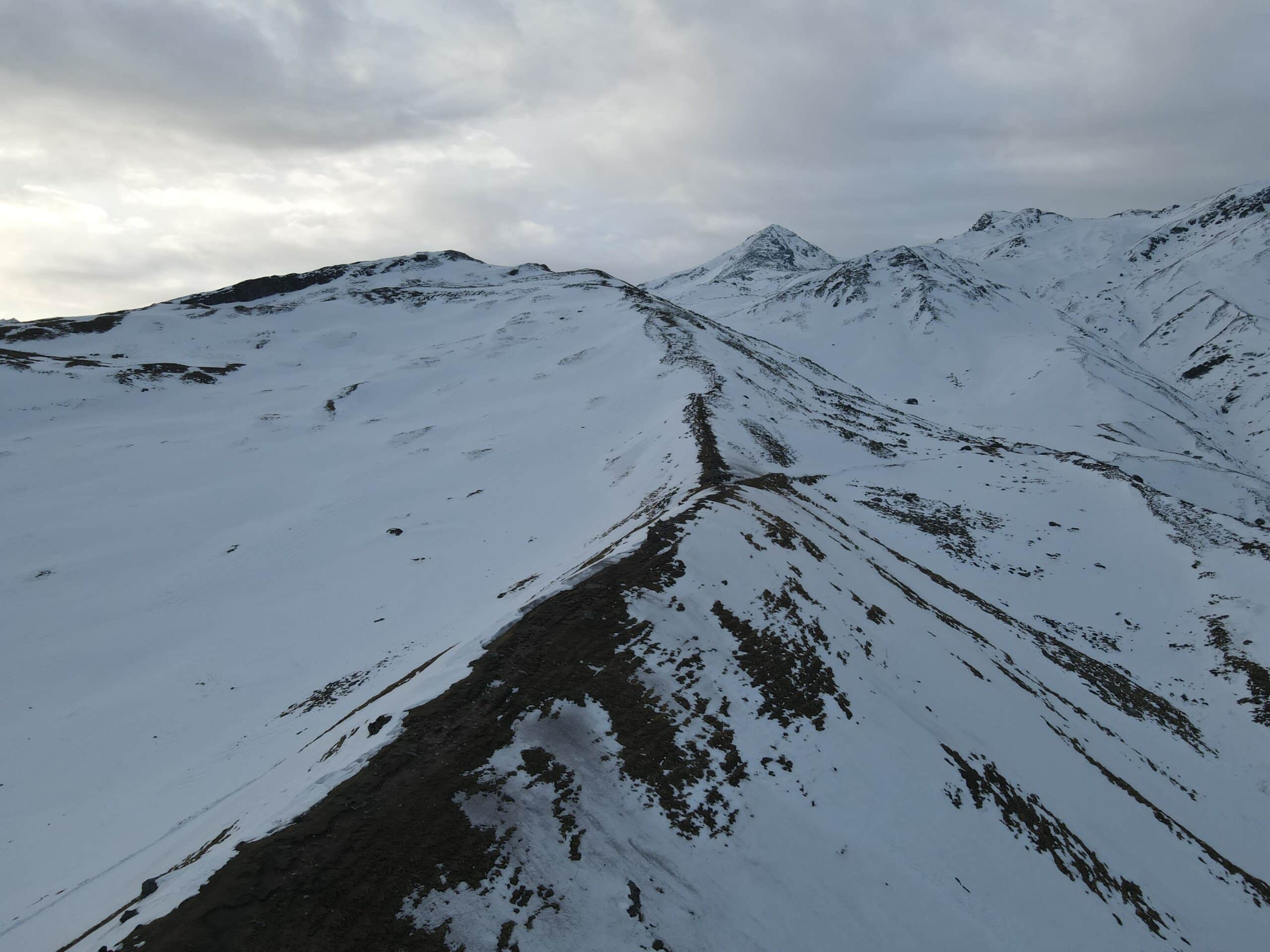Is Trekking Safe With Diabetes? Everything You Need to Know
Diabetic trekkers succeed while scaling mountain peaks without encountering any difficulties, helping those suffering from diabetes to participate in high-altitude trek excursions. Yet, when beginning the trek itself, some were quite overwhelmed and anxious. It’s my opinion that no one should ever have to experience uncertainty and confusion before beginning an adventure. Trekking can be much more than a physically demanding activity, it is an invaluable source of spiritual nourishment. Walking through lush forests and enjoying higher altitude views, as well as conquering mountains, can bring significant change if done safely, but those suffering from diabetes might worry about trekking while being diabetic. Trekking is possible for those suffering from Type 1 or Type 2 diabetes if they take an appropriate and planned approach to planning. Not only can trekking be safe, but it can also contribute to general well-being – learn how to take advantage of outdoor activities in peace while maintaining a healthy and happy life.
What is Diabetes?
Diabetes is a chronic endocrine disorder that impacts how your body manages sugar. Diabetics’ illness stems from their body not producing or using insulin produced by certain cells of their pancreas, known as islets – insulin plays an essential role in digestion. Insulin plays a pivotal role in transporting glucose throughout your body. Following each meal, sugar levels in your body rise; once this increase has been recognised by the pancreas, insulin is quickly released into your bloodstream to reach cells within your body that open to accept more glucose into their cells, allowing glucose in. Once in, cells turn that sugar into energy that’s used immediately while keeping some in fat cells for later use. According to the WHO, there are two forms of diabetes, Type 1 and Type 2.
Type 1
Type 1 Diabetes is an autoimmune condition whereby immune cells target and destroy pancreatic cells that produce insulin, leading to reduced production. While most diagnoses occur among adolescents or children, people can be diagnosed at any age; treatment typically includes daily injections of insulin, as this addresses its root cause, not lifestyle or diet-related, but attributed more commonly to environmental and genetic factors like viruses. The best way to manage Type 1 Diabetes is with regular glucose monitoring and therapy, along with mindful food preparation and physical exercise routines.
Type 2
Type 2 Diabetes Mellitus (T2) is an endocrine condition that impacts metabolism. Insulin resistance or the production of insufficient amounts of insulin are two causes for T2. Diabetes typically strikes those between 40 and 70 years of age, though its incidence has become increasingly prevalent among teenagers and children due to poor diet and lack of physical exercise. Although insulin production remains unchanged, its function diminishes. Diabetes type 2 usually develops due to genetic, lifestyle, and food choices factors, such as being overweight, inactive lifestyle choices, or choosing poor food options. Control can be achieved by following a balanced diet, engaging in physical activities regularly, and taking oral medication; in certain instances, insulin treatment might also be an option. As you explore nature on treks or excursions outdoors, you may come across two other terms associated with diabetes, hyperglycaemia and hypoglycaemia. Both conditions may occur in those suffering from Type 1 diabetes.
Hyperglycaemia
Hyperglycaemia refers to high sugar levels in the blood due to inadequate nutrition or lifestyle decisions, typically as a result of inadequate insulin treatment. Signs of disease include dry mouth, extreme thirst, depleted energy levels, headaches, as well as impaired vision as well and frequent urination.
Hypoglycaemia
Hypoglycaemia, while not widely recognised within diabetes, is often more common when outdoors. Hypoglycaemia occurs when your body produces too much insulin compared to what sugar there is available resulting in an acute situation that can quickly escalate. Signs of low thyroid function include hunger, irritability, and fatigue. Hypoglycaemia can be a dangerous hazard on treks. To combat it, people living with diabetes typically follow a prescribed diet plan as part of their everyday life routine. Your food consumption varies significantly during a journey. Trekking can cause your exercise and eating habits to change significantly, leading to hypoglycaemia as your body adjusts to these new circumstances. Adjusting to a diet change might involve altering the dose of insulin you take at home. People may adjust in different ways; some might adjust quickly, while for others it could take several days to adapt. Hypoglycaemia can occur after making any modifications during surgery. At its heart, this incident stems from that exact reason. Insulin dosage may exceed daily sugar intake. When someone experiences digestive distress or adjusts quickly to new environments, their blood sugar can drop rapidly despite taking active insulin therapy. Dieting to reduce sugar intake is often enough to manage hypoglycaemia by helping regulate levels of insulin within your body and maintaining stable glucose levels.
Starting a High-Altitude Trek with Diabetes - A Guide for Safe Exploration.
Diabetes needn’t keep you from enjoying high-altitude treks! With proper preparation and adherence to safety precautions, it is possible to conquer the difficulties of trekking at higher altitudes while maintaining a balanced condition.
Getting Prepared for a Trek: Essential Pre-Trek Planning
Physical Conditioning: To understand and overcome the difficulties associated with physical fitness, you must gain experience with intense physical exercise and its limits. Arriving early at your base camp can help your body adjust more easily to a harsh environment – begin taking short local walks to gain an idea of what to expect on longer journeys.
Medical Prep: Bring an ample supply of medications – double what would typically be needed. Bring a temperature-controlled container for your insulin so it won’t freeze, and stockpile things such as insulin, syringes, and an instrument known as glucometers, as well as replacement batteries (as cold weather drains them quickly). Finally, ensure there are enough glucose tablets or gel on hand.
Insulin Control: Two days before embarking on your journey, begin making adjustments in your food consumption and insulin doses to prepare your body for what lies ahead. Doing this will allow it to work best.
Plan for Emergencies: Establish an emergency plan that addresses insulin, food, or fluid intake should illness arise or there be sudden setbacks on your journey. Being prepared means being better equipped to handle any potential difficulties that might come your way.
Getting Prepared for a Trek: Essential during Trek Planning
Maintain Your Health and Energy During Trekking: Eating regularly during your trek is vital to maintaining both energy levels and health, so make sure you pack enough nutritious non-perishable food items in your pack for your journey.
Communication: If an emergency arises, it’s vital that both your trek leader and support group know about the current state of your body and any needed emergency procedures. Be sure to make them aware where any medications you carry in your backpack so they can access them easily if it becomes necessary.
Control Your Medication: Divide any medication that needs to be taken into two sets and store them separately in different places. If possible, give one set to your trek leader while keeping the other safe in your possession.
Checking Blood Sugar Levels: If your health concerns revolve around blood sugar levels, be sure to regularly monitor any changes for the best outcomes. Doing this will protect both yourself and others in the community.
Trekup India trek leaders are equipped with medically trained guides who are equipped with full medical kits and oxygen cylinders throughout each day of trekking, while every camp is set up specifically to suit our customers’ needs. Which trekking routes are suitable for people newly diagnosed with diabetes? While trekking may seem daunting at first glance, Trekup India has seen many diabetics successfully tackle challenging routes without encountering any major issues. Those planning a trek with diabetes should be especially aware that it can be a relatively easy experience, with two treks providing an easy introduction to the Himalayas: Nag Tibba, Dayara Bugyal, and Deoriatal Chandrashila treks being among the best choices.
About Author

Anoop Rawat (Admin TrekUp India)
Anoop has worked for 5 years as a Trek Leader with TrekUpIndia, leading numerous treks across the diverse and challenging terrains of Uttarakhand and Himachal Pradesh. He holds a degree in Geology with a specialization in Geographic Information Systems (GIS) from UPES Dehradun. During his academic years, he actively applied his classroom knowledge in the field—most notably by contributing to a glacier research project on the Jundar Glacier in the Har Ki Dun Valley, Uttarakhand. Write Anoop at anoop@trekupindia.com
Share this article
Dates For Upcoming Treks
Want To Trek Like Pro?
Basically, watch these videos if you want to trek the same way professional trekkers do and make your skills better. These videos contain useful tips and techniques to further improve your trekking skills itself. These videos actually help both new and experienced trekkers improve their trekking skills. These videos definitely provide useful tips that make your trek better. We are seeing that these videos by Trekup India experts will only help you make your trekking skills better.

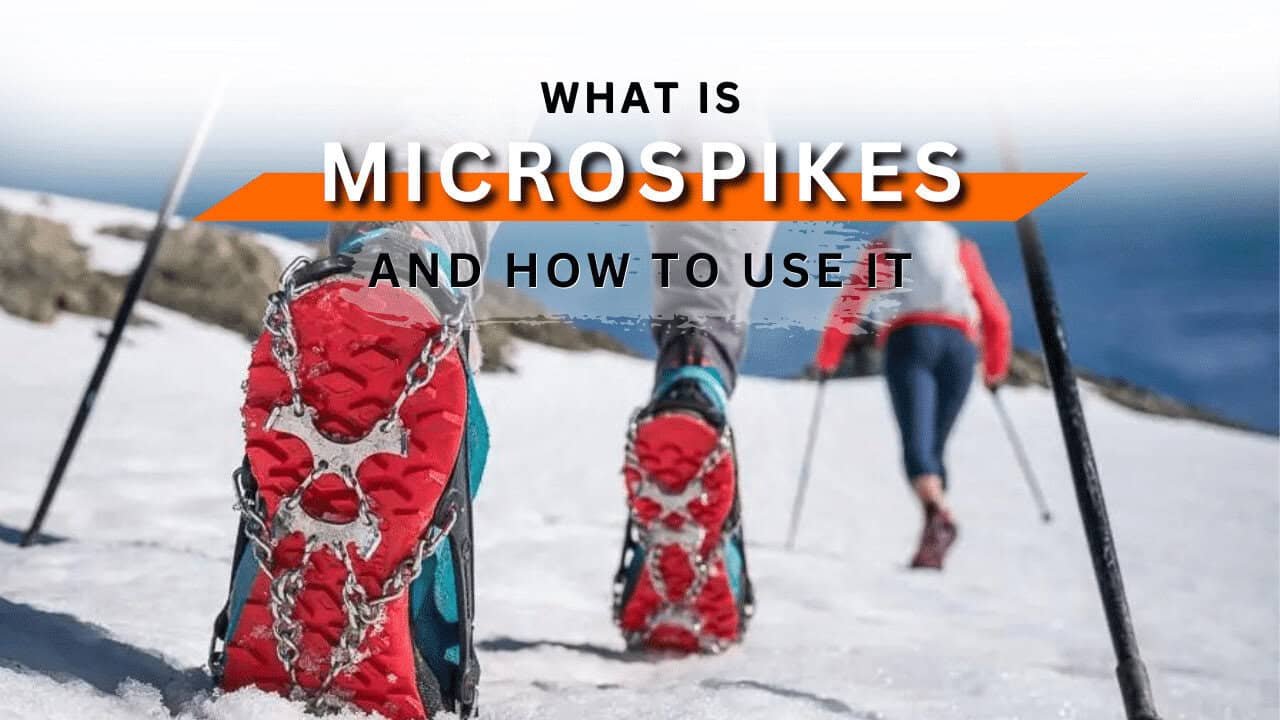





Know Everything About Acute Mountain Sickness
Acute Mountain Sickness occurs when people trek to high altitudes above 8,000 feet. This condition itself develops further due to reduced oxygen levels at such heights. Basically, as you go higher up, the air pressure and oxygen levels decrease, which causes the same problem. Acute Mountain Sickness surely causes headache, nausea, vomiting, and dizziness in affected persons. Moreover, peoples also experience difficulty in sleeping during this condition. To avoid mountain sickness, you should actually trek up slowly to higher altitudes. To learn further about this condition itself, watch the videos by Trekup India.
